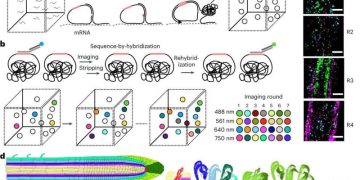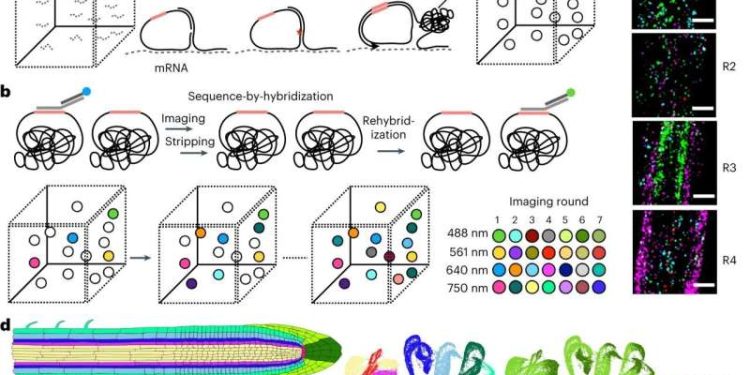This article delves into the groundbreaking imaging technique that is revolutionizing the field of plant science. Drawing from the latest research highlighted on Phys.org, farmers, agronomists, agricultural engineers, farm owners, and scientists will discover how this innovative imaging method enables the comprehensive visualization of entire plant tissues, opening new avenues for understanding plant biology, disease diagnosis, and crop improvement.
Advancements in imaging technology are reshaping our understanding of the intricate world of plant biology. A recent breakthrough highlighted on Phys.org introduces a revolutionary imaging technique capable of capturing the entire structure of plant tissues in unparalleled detail. This article explores the potential applications and implications of this groundbreaking innovation for farmers, agronomists, agricultural engineers, farm owners, and scientists.
The imaging technique, developed by a team of researchers, combines fluorescence microscopy and tissue-clearing methods to provide a holistic view of plant tissues, from roots to leaves. Traditionally, imaging techniques have been limited to studying small sections of plant tissues, leaving gaps in our understanding of their complex structures. However, this novel approach allows for the visualization of entire tissues, providing a comprehensive view of plant anatomy and architecture.
The data obtained through this imaging technique offer valuable insights for various aspects of agriculture. By visualizing the intricate network of roots, scientists can gain a deeper understanding of root development, nutrient uptake, and water absorption. This knowledge can aid in the development of strategies to optimize irrigation and nutrient management, ultimately improving crop productivity and resource efficiency.
Additionally, this imaging method can facilitate the diagnosis and study of plant diseases. By capturing the entire tissue structure, researchers can precisely locate and analyze disease-related abnormalities, enabling early detection and targeted intervention. This advanced imaging technology has the potential to revolutionize disease management practices, leading to more effective control measures and reduced crop losses.
The implications of this revolutionary imaging technique extend beyond fundamental research. Farmers and agricultural engineers can benefit from this technology by gaining valuable insights into crop architecture, plant growth patterns, and interactions with the environment. This knowledge can aid in optimizing crop management practices, such as planting density, canopy management, and crop rotation, to maximize yields and improve farm sustainability.
In conclusion, the groundbreaking imaging technique discussed in this article represents a transformative development in the field of plant science. By enabling the visualization of entire plant tissues, this innovation opens new doors for understanding plant biology, diagnosing diseases, and enhancing crop production. As scientists continue to explore and refine this imaging technology, the agricultural community stands to benefit from improved crop management practices, disease control measures, and sustainable farming strategies.
Tags: Imaging Technique, Plant Tissues, Plant Biology, Crop Improvement, Disease Diagnosis, Crop Management, Agriculture, Sustainable Farming, Plant Anatomy, Research Advancements































